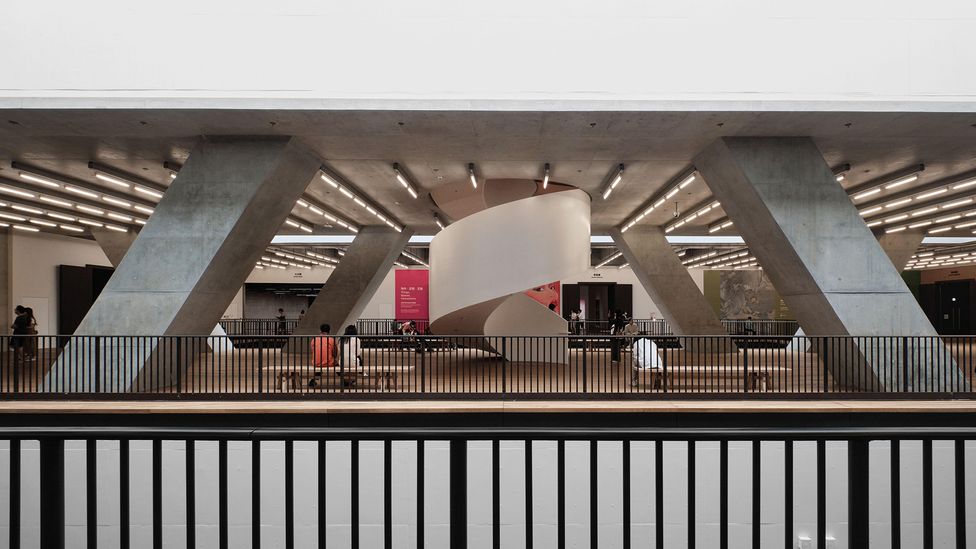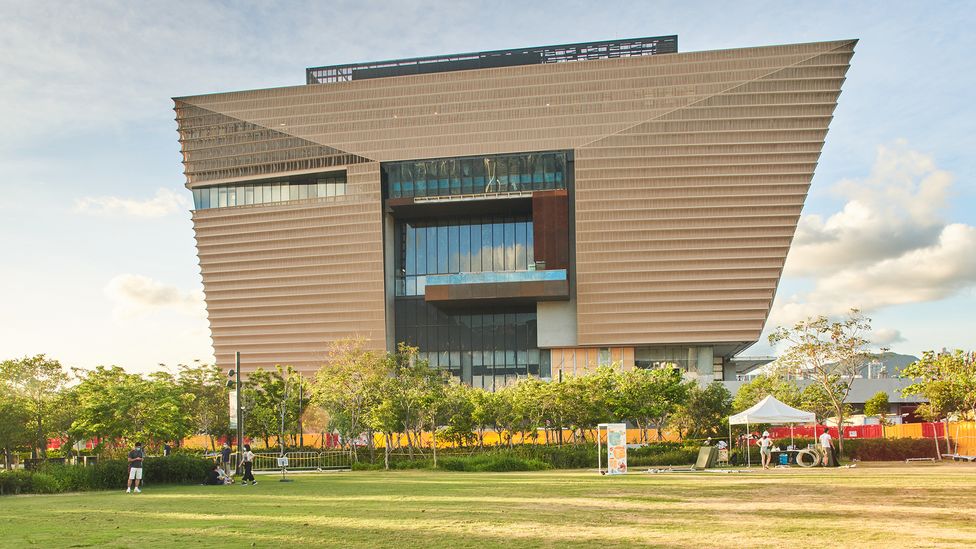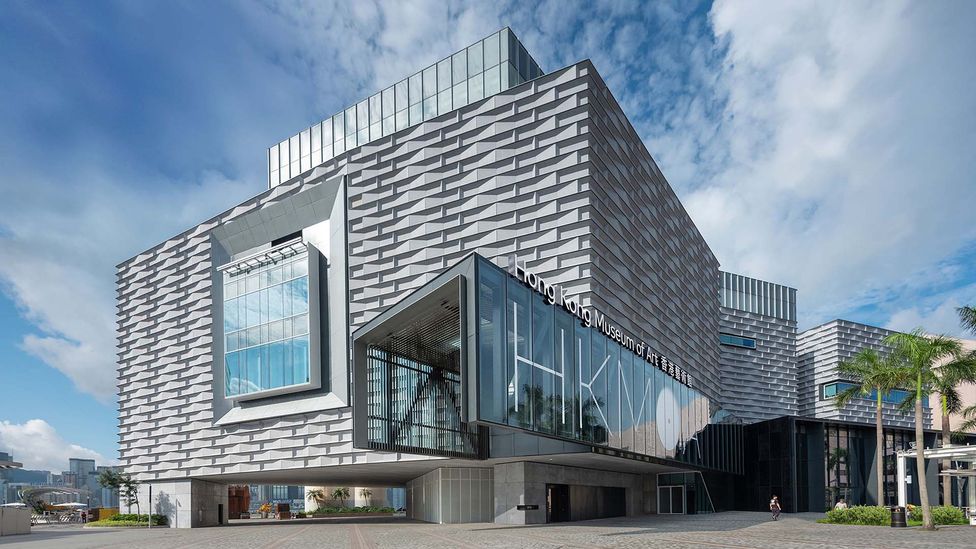In Hong Kong, a city famed for its cultural richness, history and heritage, you’re never far from a museum that tempts – whatever your passion, from visual arts to the more unusual.
There’s an interactive ocean centre and museums on space, railways and medical sciences. Coastal defence and maritime history both get dedicated spaces, as does Hong Kong’s beloved local pastime of horse racing.
And if you’ve ever wanted to immerse yourself in the steaming world of cup noodles? You’re also in luck.
Few people are as qualified or as passionate as Suhanya Raffel when it comes to celebrating Hong Kong’s museum and art scene. Raffel is museum director at M+, Hong Kong’s global museum of visual culture, which has transformed the city’s artistic landscape since opening in 2021.
The world-class platform for Asian art, M+’s striking complex designed by Herzog & de Meuron sits proudly on the waterfront of the West Kowloon Cultural District, with jaw-dropping views of Victoria Harbour and Hong Kong Island.
Raffel believes that Hong Kong’s museum landscape has changed for the better in recent years, thanks to substantial funding from both the public and private sectors.
“Great cities have great cultural institutions of substance and global reach,” she said. “This is a great international city but it lacked cultural infrastructure, that cultural capital. You have to invest in it and Hong Kong has – and that investment is now starting to really shift perceptions on Hong Kong.”
Here, Raffel picks her six favourite museums across the city, with exclusive tips of what to see and do in each.


























